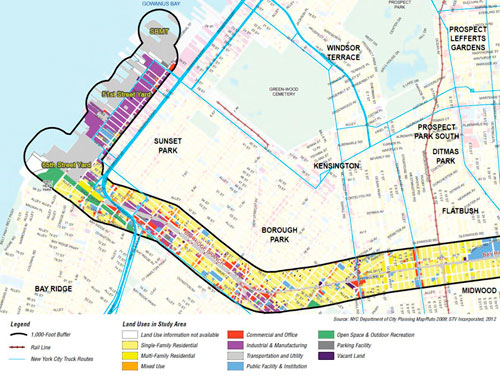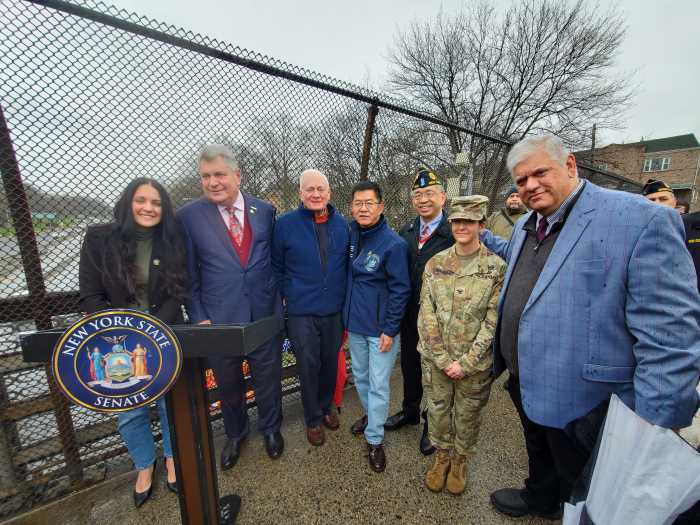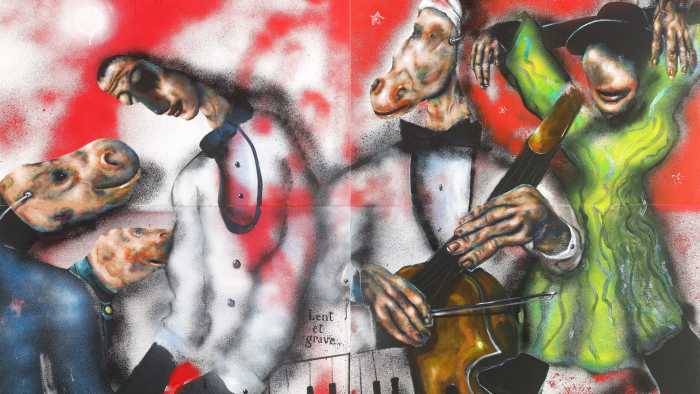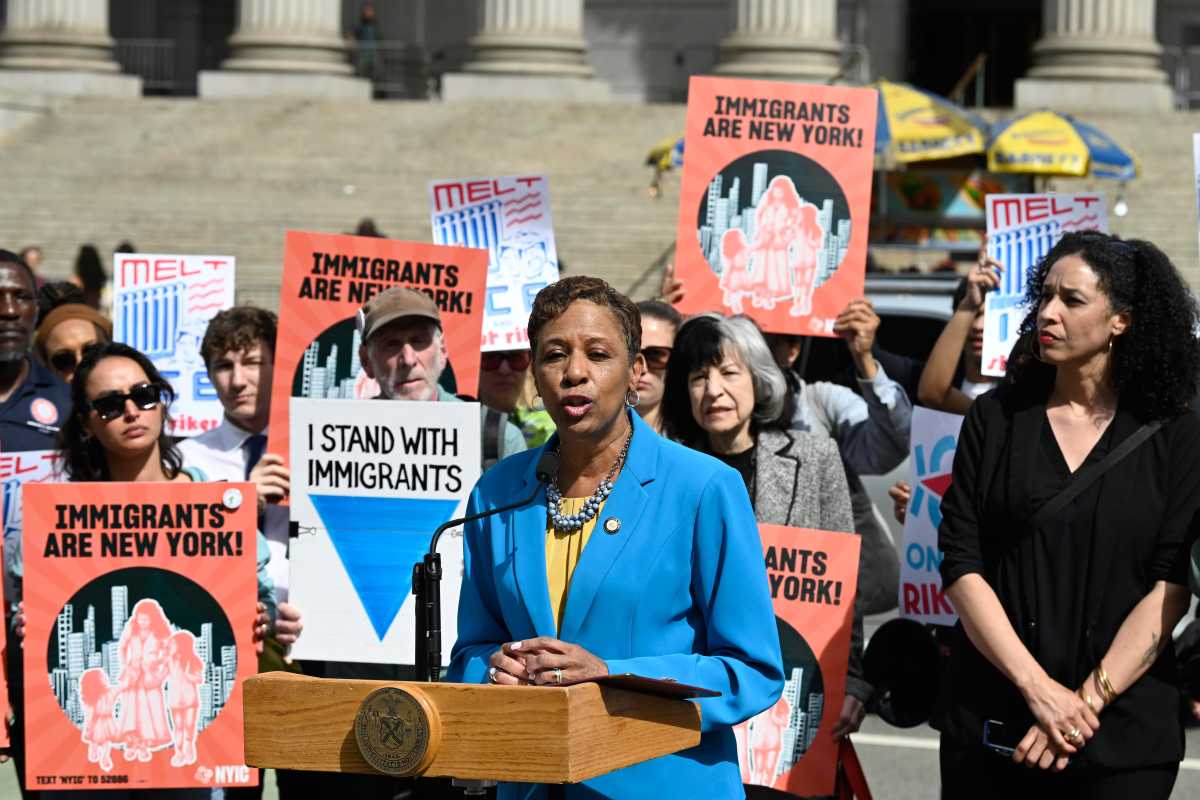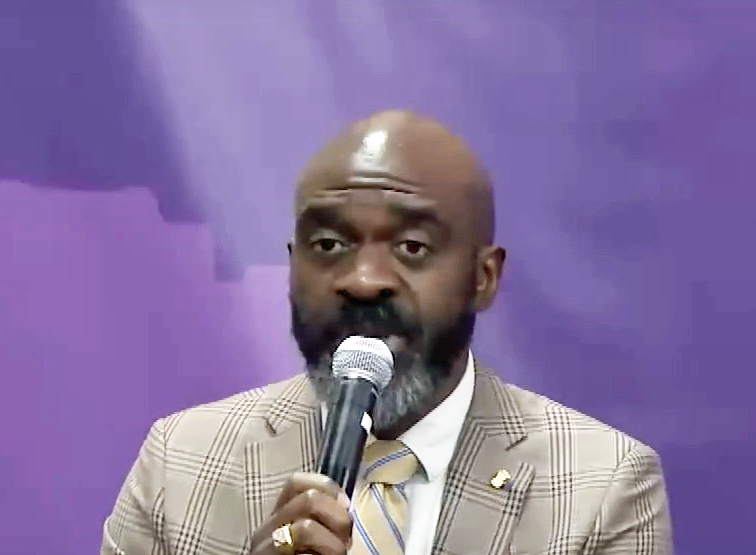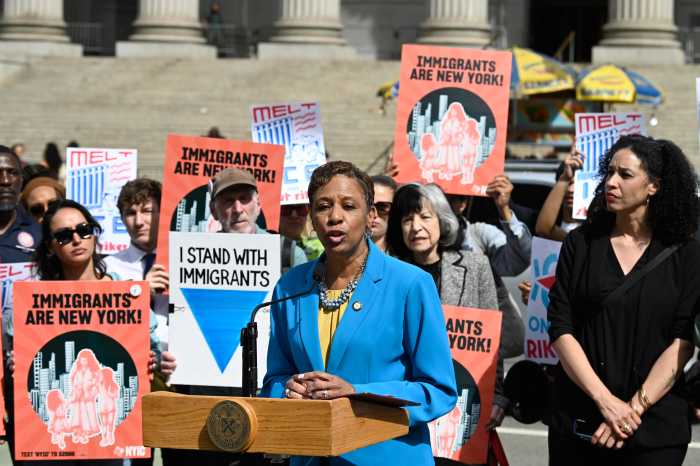The Cross Harbor Freight Program has a storied history — mainly of exploratory studies. The Port Authority recently released the latest in the long line of such investigations and is taking public comment on the plan until March 20. Here is what has happened with the plan since its inception in the 19th century.
1893: The Pennsylvania Railroad proposes a rail line from New Jersey to Brooklyn that would travel through Staten Island and under the Narrows.
1903: Pennsylvania Railroad suggests a direct tunnel between Jersey City and Brooklyn in order to ease shipping congestion in the Port of New York.
1921: The Port Authority of New York and New Jersey is created to prevent the states from squabbling over use of the Harbor. The authority immediately proclaims the cross-harbor tunnel a major priority.
1928: The Port Authority suggests a tunnel strikingly similar to the current proposal — a direct connection between the Greenville Yard in Jersey City and the Bay Ridge Branch of the Long Island Rail Road.
1932: A fact-finding study determines that executing the 1928 proposal would take eight years and cost $56.7 million — roughly $1 billion today.
1935: Mayor Fiorello LaGuardia commissions the Port Authority to study rail tunnel alternatives that go through Staten Island.
1936: Railroad companies and the Port Authority conduct a separate study to find unexplored alternatives.
1941: The Army Corps of Engineers conducts an internal analysis determining that the tunnel would help secure the nation’s transportation system from attack by foreign powers.
1978: Engineering firm Parsons, Brinckerhoff, Quade, and Douglas conducts a study looking at four alternatives, including a New Jersey-to-Brooklyn tunnel, a pass through Staten Island, and rail connections between New Jersey and Manhattan.
1993: Rep. Jerrold Nadler resurrects the cross-harbor tunnel idea to ease truck traffic in Manhattan and sponsors a bill to pay for a feasibility study, but the legislation never passes.
2000: The New York City Economic Development Corporation issues a study on improving freight traffic across the Harbor which recommends a tunnel from Jersey City to Bay Ridge similar to the 1928 plan. It begins drafting an Environmental Impact Statement.
2005: The Port Authority releases the Draft Environmental Impact Statement. Mayor Michael Bloomberg denounces the cross-harbor tunnel before a Queens civic group. Nadler secures a $100 million federal grant for the plan, but the Port Authority doesn’t want to execute.
2008: The Port Authority reverses and begins yet another study.
2010: The authority releases the study.
2014: The authority releases the Draft Environmental Impact Statement identifying 10 possible options for moving freight across the harbor.


